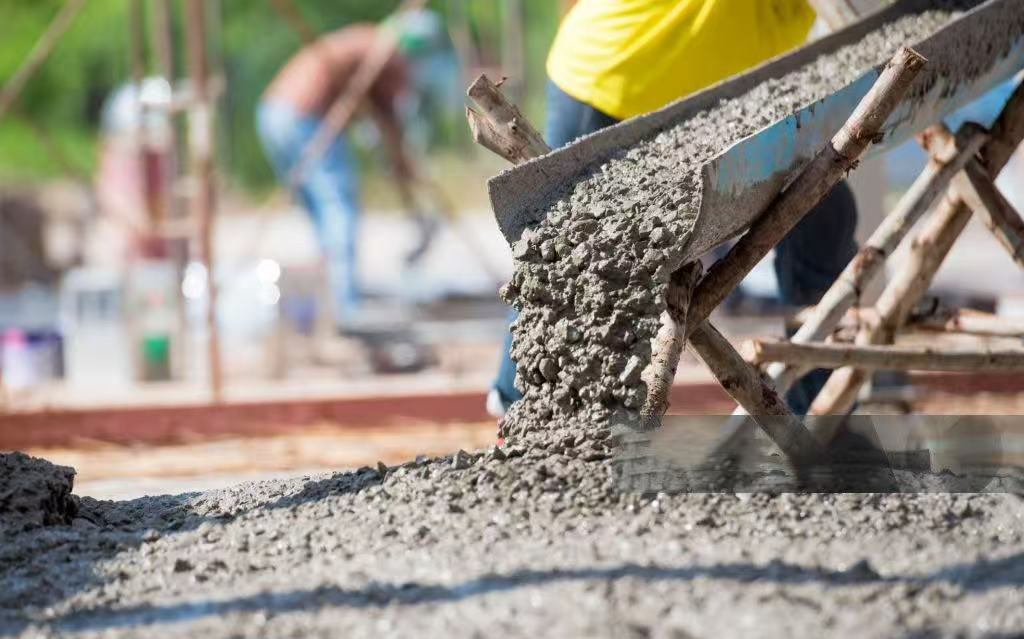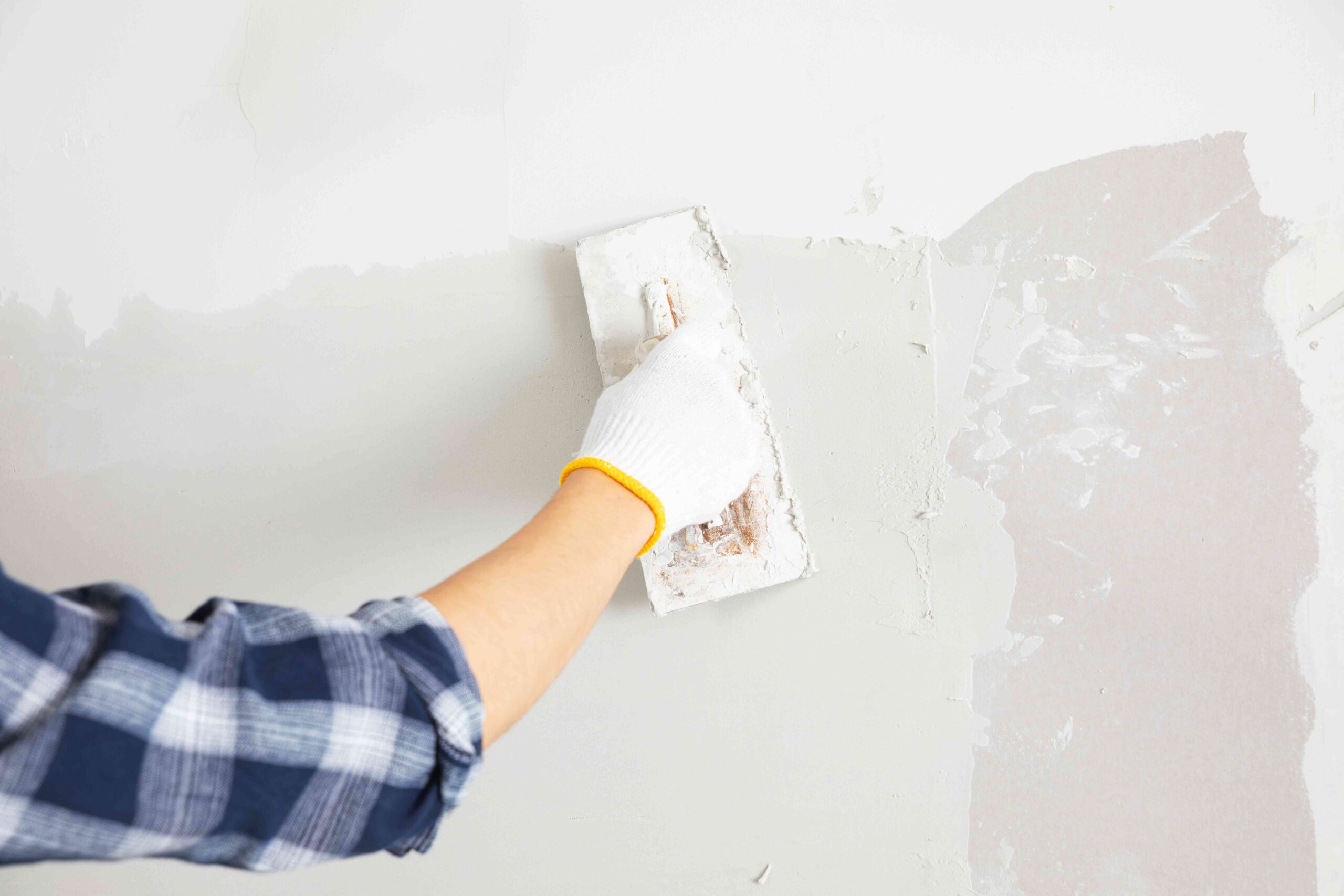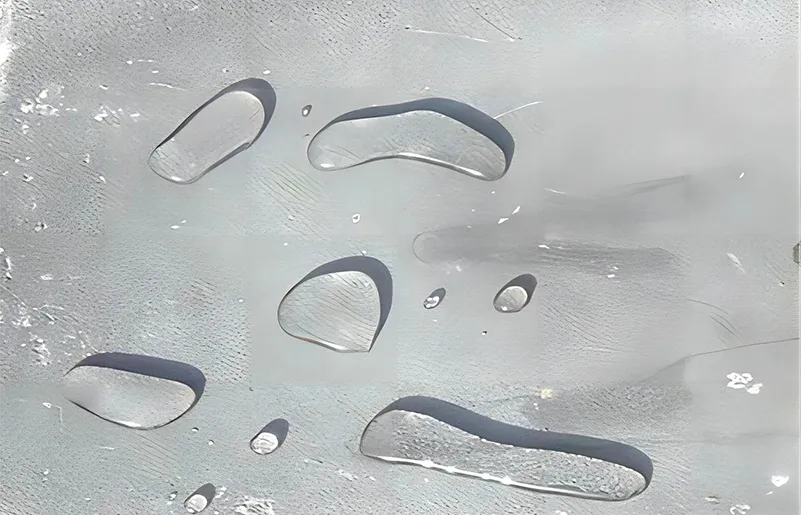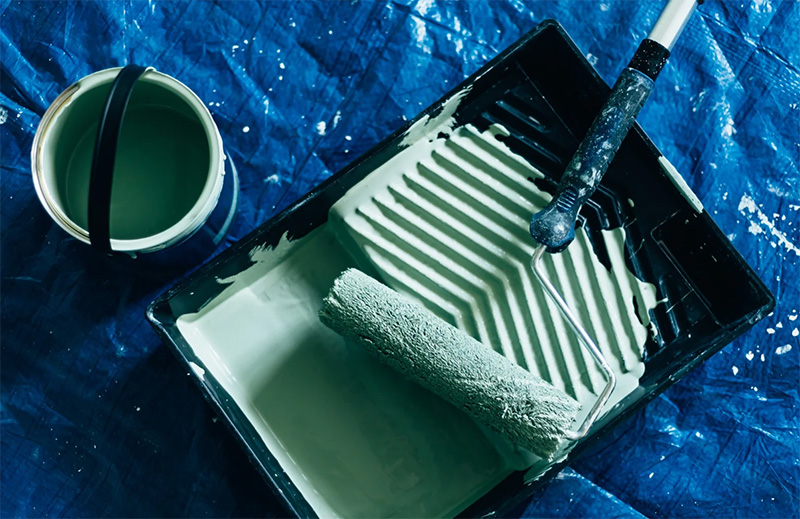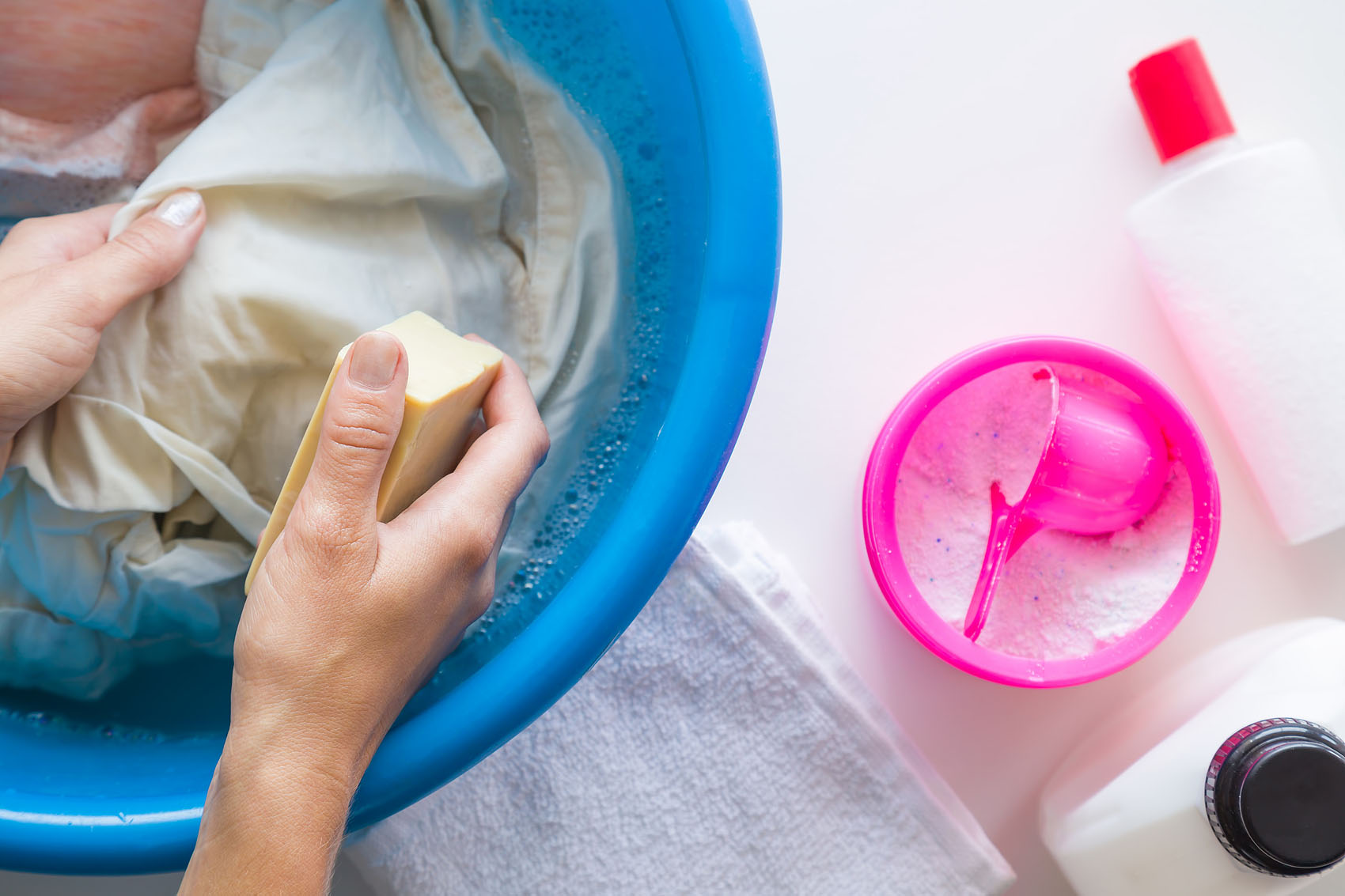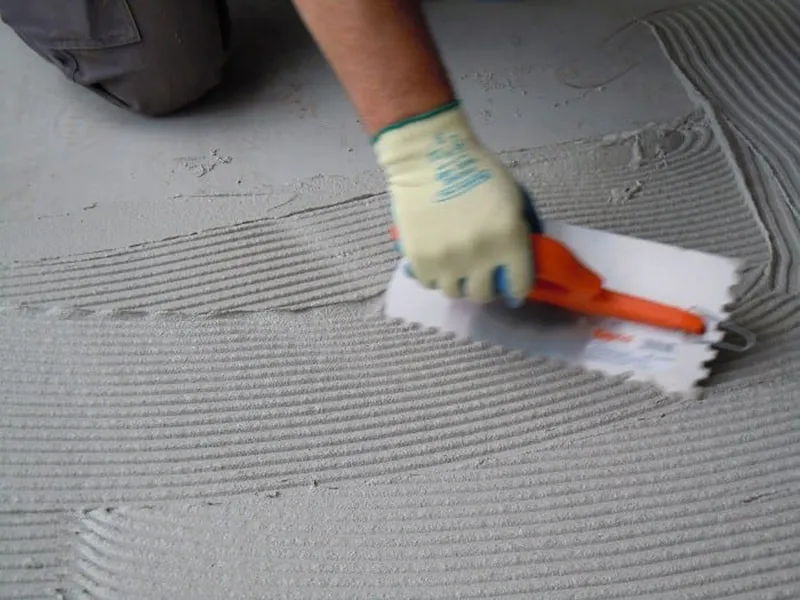Tile adhesives are essential in construction to ensure that tiles are bonded to the surface. High quality tile adhesives are able to cope with a variety of challenges such as high humidity and heavy loads to ensure that the tiles are stable for a long time. In the formulation of tile adhesives, hydroxyethyl methyl cellulose (HEMC) plays a key technical role as a highly efficient thickener and water retention agent.
HEMC not only improves the workability of tile adhesives, but also enhances the bond strength and anti-slip properties. Therefore, in-depth understanding of the characteristics and role of HEMC is of great significance to optimize the performance of ceramic tile adhesive and improve the construction quality. This paper focuses on how HEMC affects tile adhesives and provides insight into the application.
I. What is Hydroxyethyl Methyl Cellulose
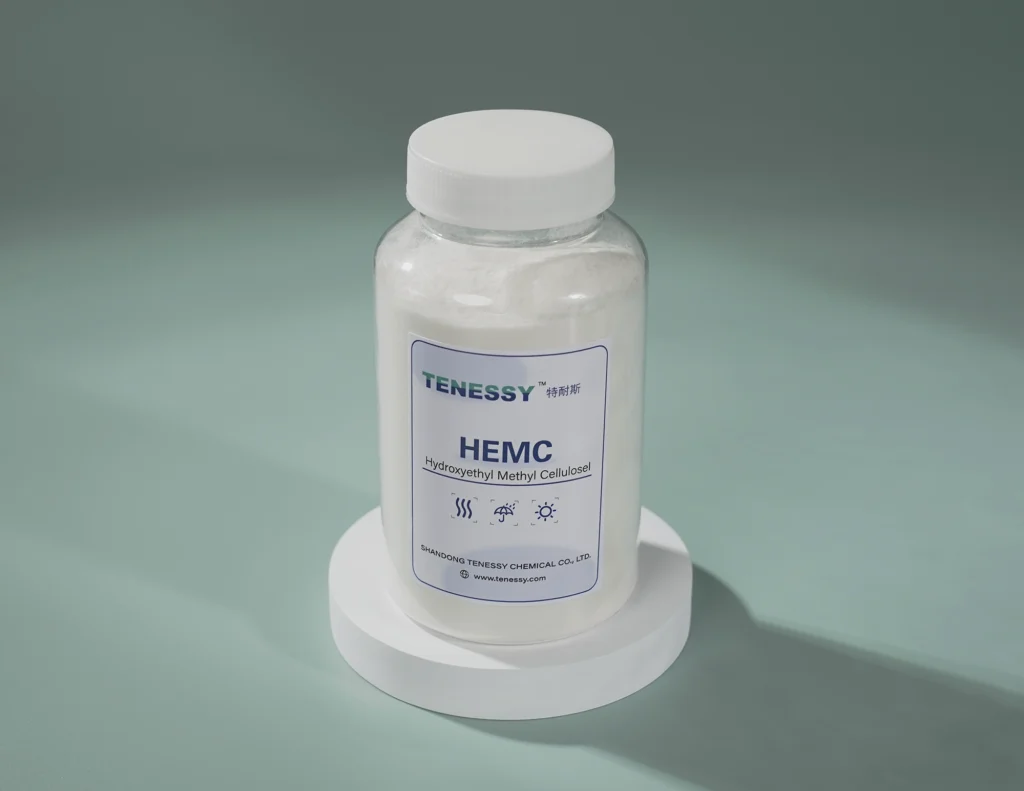
1.Chemical structure and properties of HEMC
Hydroxyethyl methyl cellulose (HEMC) is a polymer compound modified by etherification of cellulose, which has good water solubility and thickening properties.HEMC contains hydroxyethyl and methyl groups in its chemical structure, which makes it more stable in aqueous solution and able to withstand changes in the external environment, such as acid and alkali etc. HEMC has been used in a wide range of applications in many fields, such as construction, pharmaceuticals and cosmetics, and its high stability and ease of solubility make it an ideal additive for construction materials. Its high stability and solubility make it an ideal additive for construction materials.2.HEMC solubility and viscosity
HEMC shows excellent solubility in cold water, forming a transparent and viscous solution. Its viscosity depends on the degree of substitution and molecular weight. Higher viscosity grades of HEMC provide better water retention and workability in tile adhesives. This property is critical to maintaining the effectiveness of the adhesive during the curing process. Studies have shown that HEMC with a viscosity of 25,000 mPa-s can significantly delay the setting process, thereby improving the performance of cementitious materials.3. Typical uses of HEMC in construction materials
HEMC is not only applied in tile adhesive, but also widely used in putty powder, plastering mortar, self-leveling mortar and other building materials to enhance their water retention and workability. For example, adding HEMC to putty powder can prevent shrinkage and cracking, and improve smoothness and surface hardness.4.Difference between HEMC and other cellulose ethers
Compared with other cellulose ethers such as Hydroxypropyl Methyl Cellulose (HPMC), HEMC shows better water retention in wet environments and lower cost, which makes it more suitable for cost-effective construction materials, and its hypoallergenic nature makes it the preferred choice for construction materials with high safety requirements.II.The main role of HEMC in tile adhesive
1. Enhance the water retention of tile adhesive
After adding HEMC in tile adhesive, the evaporation rate of water will be greatly reduced, so that the tile adhesive in the curing process has a better moisturizing effect. This efficient water retention is especially important in dry, hot construction environments, helping to extend the operating time of the tile adhesive to ensure construction quality. Excellent water retention can also reduce the substrate to absorb water too quickly resulting in shedding problems.2. Improve the adhesive strength of tile adhesive
The bonding strength of tile adhesive directly affects the firmness and durability after construction. by improving the viscosity and wettability of tile adhesive, HEMC helps tile form a stronger bonding interface on the substrate, adapting to different substrates (e.g., cement, gypsum boards, ceramic tiles, etc.), which effectively reduces the risk of peeling off.3. Improve the constructability of tile adhesive
HEMC improves the construction performance significantly, mainly in thickening and leveling, HEMC can make the tile adhesive easy to spread evenly without hanging, reduce waste and rework time, and ensure that the construction surface is flat. Leveling makes the tile adhesive evenly distributed on the substrate, which is conducive to achieving uniform, smooth paving effect.4. Improve anti-slip performance
Especially in wall construction, tiles are prone to slip before they are fully cured, HEMC’s anti-slip performance enables tiles to remain in a stable position even when they are in a vertical state after being paved, thus reducing construction difficulties, improving construction efficiency, and guaranteeing the accuracy of the tile installation position.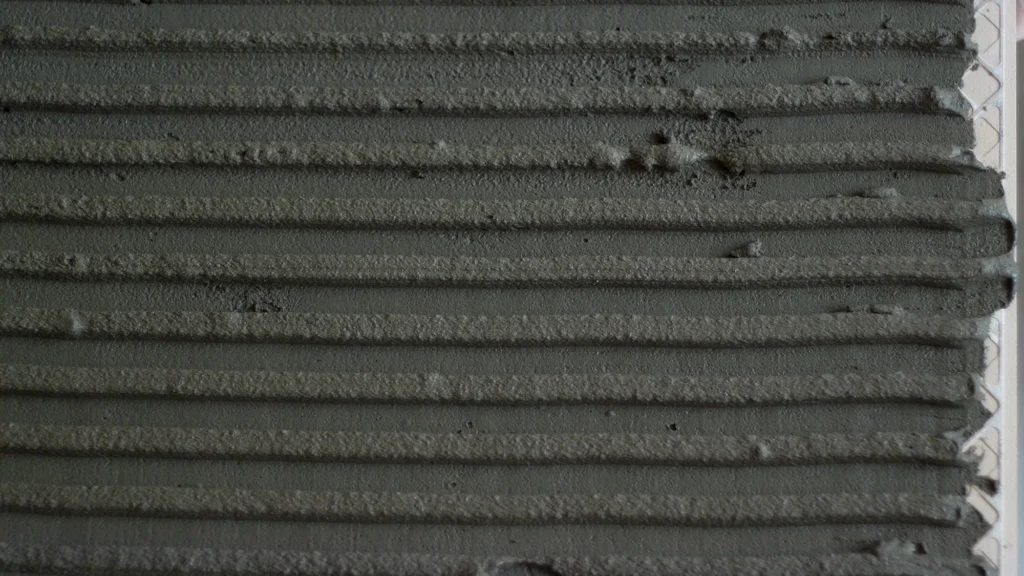
III.The Key Influence of HEMC on the Performance of Tile Adhesives
Tile adhesive must meet certain performance standards to ensure effective and long-lasting tile installation, and the addition of HEMC helps to improve and stabilize the performance of tile adhesive.
1.The influence of HEMC on the solidification process of tile adhesive
Setting time, i.e. the time required for the adhesive to harden, HEMC slows down the setting process by reducing the rate of hydration reaction in the cement. This retardation effect is important in projects where extended working times are required. The interaction between different cellulose ether-cement combinations, including HEMC, affects the hydration kinetics. This effect ensures that the adhesive remains effective during the curing process, thus providing flexibility in the installation program.
2. Effect of HEMC on tile adhesive open time
Open time is the amount of time a tile adhesive can remain workable after application. HEMC helps to extend open time by improving water retention, giving the operator more time to make adjustments to the tiling, especially important in the construction of large-area tiling and complex pattern designs.When the water in wet mortar evaporates, cellulose ether aggregates on the mortar’s surface and, after five minutes, forms a film that lowers the mortar’s following rate of evaporation.
The film formation of HEMC on the surface of the mortar has a great influence on the performance of the mortar, if the film formed is too thin, it will be dissolved by the second time, and will not be able to limit the evaporation of water, which will reduce the strength. If the formed film is too thick, with high viscosity, it is not easy to break the surface film when tiles are pasted. Therefore, the film formation of HEMC has a greater impact on the opening time.

3.The effect of HEMC on the adhesive strength of tile adhesive
The bonding strength determines the ability of the adhesive to bond tiles to the surface under various conditions. The addition of cellulose ether enhances water retention and alters the rheology of the adhesive to improve bond strength, which can achieve better adhesion and reduce the risk of tile slippage during installation.
4.HEMC enhances the processability of tile adhesive
Processability refers to the ease of application and handling of the adhesive. A well-formulated tile adhesive should spread smoothly and have sufficient open time for adjustments to be made.HEMC creates a gel-like consistency and the adhesive becomes easier to apply, reducing the amount of work required during the tiling process.HEMC slows down the hydration process, providing a delayed effect that can be beneficial in some applications. This ensures that the adhesive remains workable for a longer period of time to meet a variety of installation needs.
IV. Summary
Hydroxyethylmethylcellulose (HEMC) plays a key role in the formulation of tile adhesives, significantly influencing their performance.HEMC’s excellent water retention and adhesion not only prolongs the open time and facilitates workability, but also improves slip resistance and ensures that the tiles remain stable until cured. In addition, HEMC improves leveling and smooths the application process, which reduces the difficulty and time of construction.The application of HEMC effectively enhances the overall performance of the tile adhesive and guarantees high-quality tile laying.


